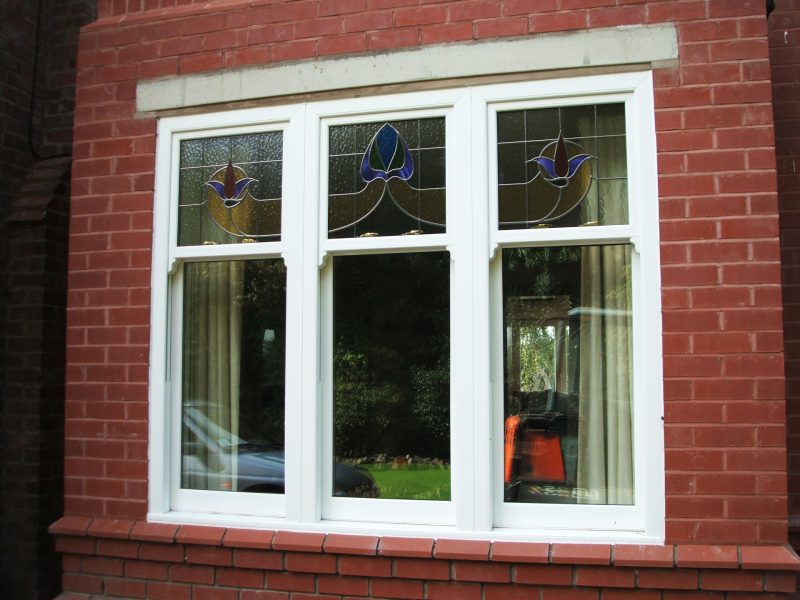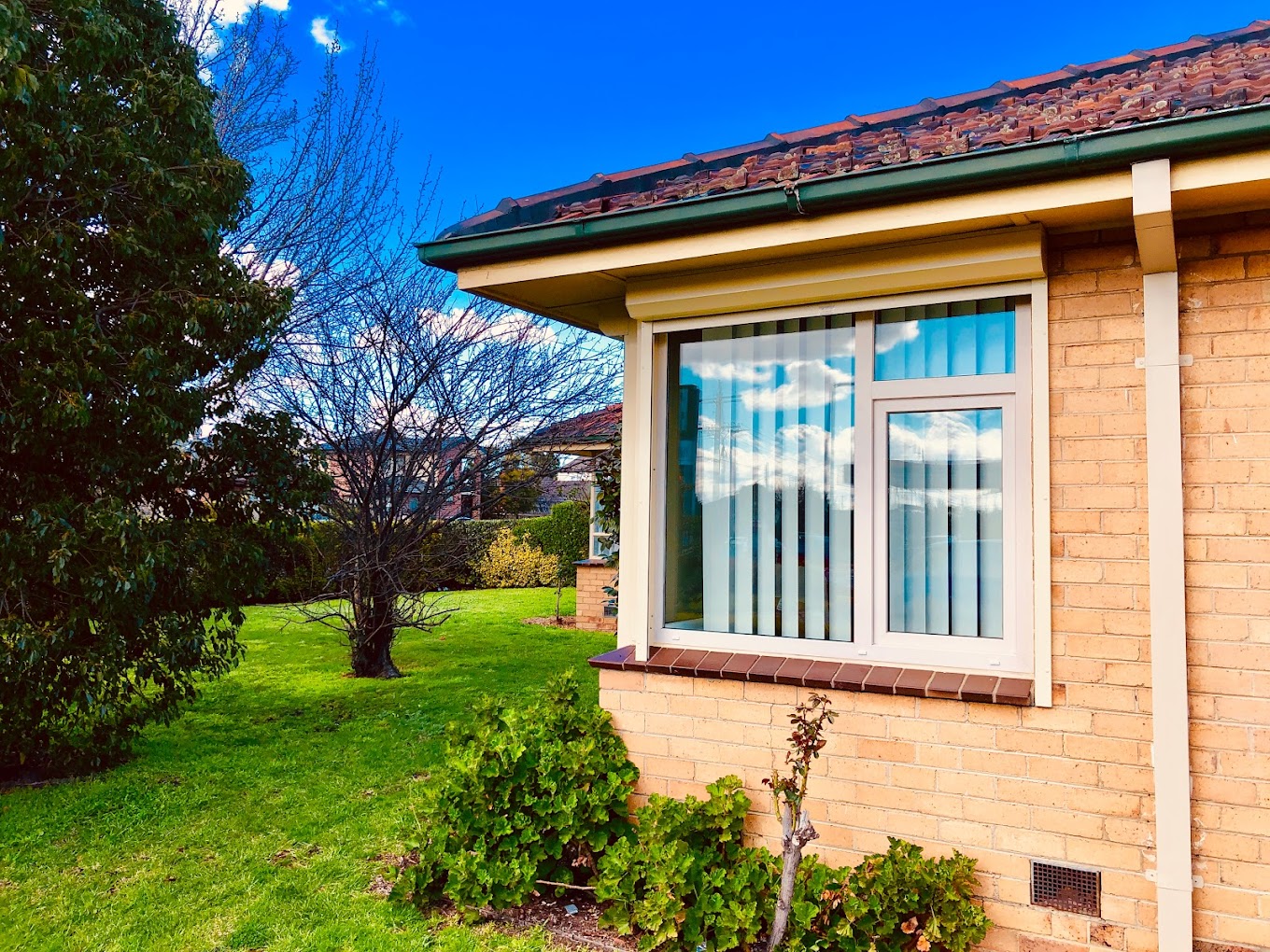All Categories
Featured
Table of Contents
Which Type Of Double Glazed Window Frame Is Right For You? in Nollamara Perth
Glazing simply indicates the windows in your house, including both openable and set windows, as well as doors with glass and skylights. Glazing in fact simply means the glass part, but it is usually used to describe all elements of an assembly including glass, films, frames and furnishings. Paying attention to all of these elements will help you to achieve efficient passive design.

Energy-efficient glazing makes your house more comfortable and dramatically lowers your energy costs. Improper or badly developed glazing can be a significant source of undesirable heat gain in summer season and significant heat loss and condensation in winter. As much as 87% of a home's heating energy can be acquired and as much as 40% lost through windows.
Benefits Of Double Glazing Low-e in Ridgewood Perth
Glazing is a substantial investment in the quality of your home. A preliminary investment in energy-efficient windows, skylights and doors can greatly minimize your yearly heating and cooling expense.

This tool compares window choices to a base level aluminium window with 3mm clear glass. Comprehending a few of the crucial homes of glass will help you to select the very best glazing for your house. Secret residential or commercial properties of glass Source: Adjusted from the Australian Window Association The amount of light that passes through the glazing is understood as visible light transmittance (VLT) or visible transmittance (VT).
Keep Cool This Summer Without Overusing Your Aircon. in Upper Swan Western Australia
The U value for windows (revealed as Uw), describes the conduction of the whole window (glass and frame together). The lower the U value, the higher a window's resistance to heat circulation and the better its insulating value.
If your home has 70m2 of glazing with aluminium frames and clear glass with a U value of 6. 2W/m2 C, on a winter's night when it is 15C colder outside compared to inside, the heat loss through the windows would be: 6. 2 15 70 = 6510W That is equivalent to the overall heat output of a big room gas heating system or a 6.
Which Type Of Double Glazed Window Frame Is Right For You? in Oldsbury Western Australia

If you choose a window with half the U worth (3. 1W/m2 C) (for example, double glazing with an argon-filled space and less-conductive frames), you can cut in half the heat loss: 3. 1 15 70 = 3255W The solar heat gain coefficient (SHGC) for windows (revealed as SHGCw) determines how easily heat from direct sunlight streams through an entire window (glass and frame together).
The lower a window's SHGC, the less solar heat it transmits to your house interior. Glazing producers state an SHGC for each window type and style. Nevertheless, the actual SHGC for windows is impacted by the angle that solar radiation strikes the glass. This is understood as the angle of incidence.
The Ultimate Guide To Double Glazed Windows in Hovea Perth
When the sun is perpendicular (at 90) to the glass, it has an angle of occurrence of 0 and the window will experience the optimum possible solar heat gain. The SHGC declared by glazing producers is always determined as having a 0 angle of occurrence. As the angle increases, more solar radiation is shown, and less is transferred.
Table of Contents
Latest Posts
Types Of Glazing For Your Windows, Explained in Wembley Downs WA
Single Vs Double Vs Triple - Which Window Is Right For Your ... in Eden Hill WA
Why Install Stunning Double Glazing Windows During Summer? in South Guildford WA
More
Latest Posts
Types Of Glazing For Your Windows, Explained in Wembley Downs WA
Single Vs Double Vs Triple - Which Window Is Right For Your ... in Eden Hill WA
Why Install Stunning Double Glazing Windows During Summer? in South Guildford WA